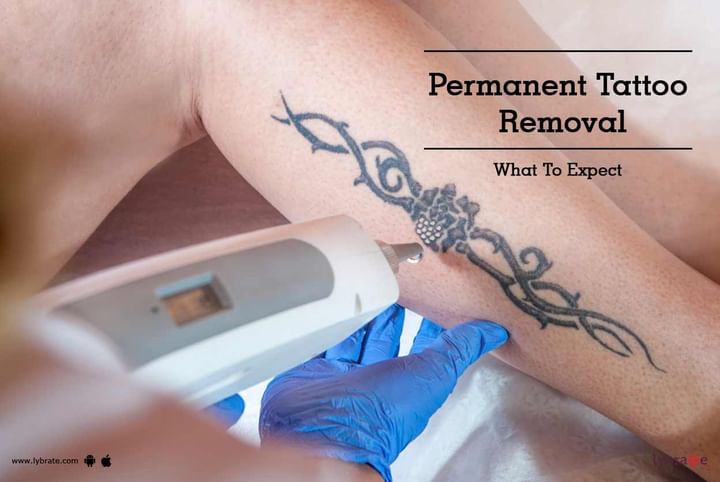Permanent Tattoo Removal - What To Expect
A tattoo has a strong emotional association with the person having it. Commonly it is the loved ones name, idols, quotes or just anything that a person feels connected to. However, over time, it may happen that the tattoo may not hold the same relevance as it used to once upon a time. It could also lose the esthetic appeal it once held. Whatever the reason, the tattoo needs to go. While tattoos were considered something permanent, there are now ways to remove it.
While the earlier methods were crude including removing the tattooed skin and grafting new skin, sanding the area, or dermabrasion; but today with the use of laser, the process has become much simpler and convenient. Laser is now the most widely used method of removing the tattoo.
A thorough evaluation to see the extent of the tattoo, in terms of depth, size and colors, is done before planning its removal. The type, strength and sessions of lasers will depend on these factors.
During the removal, the tattooed area is focused with a handheld device that emits laser light of the desired frequency and strength. This removes the colored pigments of the tattoo without affecting the surrounding skin. Different wavelengths of light are used to remove different pigments, which get broken down. These pigments are then washed out from the body as wastes.
Depending on the size and colors used in the tattoo, more than one sitting may be required. For large ones, up to 6 to 8 months may be required for complete removal. A minimum of 4 weeks gap is required between two sittings, allowing sufficient time for the skin to heal.
Professional vs Amateur Tattoos-
Professional applied tattoos penetrate deeper into the skin at uniform levels which can make it easier to treat, but not always, as the ink is usually more dense. Amateur tattoos are often applied with an uneven hand which can make the removal challenging but overall they are easier to remove.
Risks and Side Effects:
There are a handful of symptoms you might see post-treatment. Among them are blisters, swelling, raising of the tattoo, pinpoint bleeding, redness, and/or temporary darkening. Not to worry, though. These are common and usually subside within one to two weeks. If they don't, talk to your doctor.
-
The way getting tattoo caused some pain, the removal will also cause some pain. Topical or local anaesthesia is used to make it comfortable.
-
Not just the tattoo pigment but also some of the natural skin pigment is lost, so the skin can become lighter or darker than the surrounding skin.
-
In some cases, there could be some scarring. The scar will get better and can be treated after tattoo laser sessions.
So, if you thought a tattoo is forever, it is not so. Go ahead and plan for its removal, of course after understanding what it entails. If there is any tattoo on your body which you no longer like, meet your dermatologist for consultation and then laser to make that undesired ink fade!!
In case you have a concern or query you can always consult an expert & get answers to your questions!



+1.svg)
